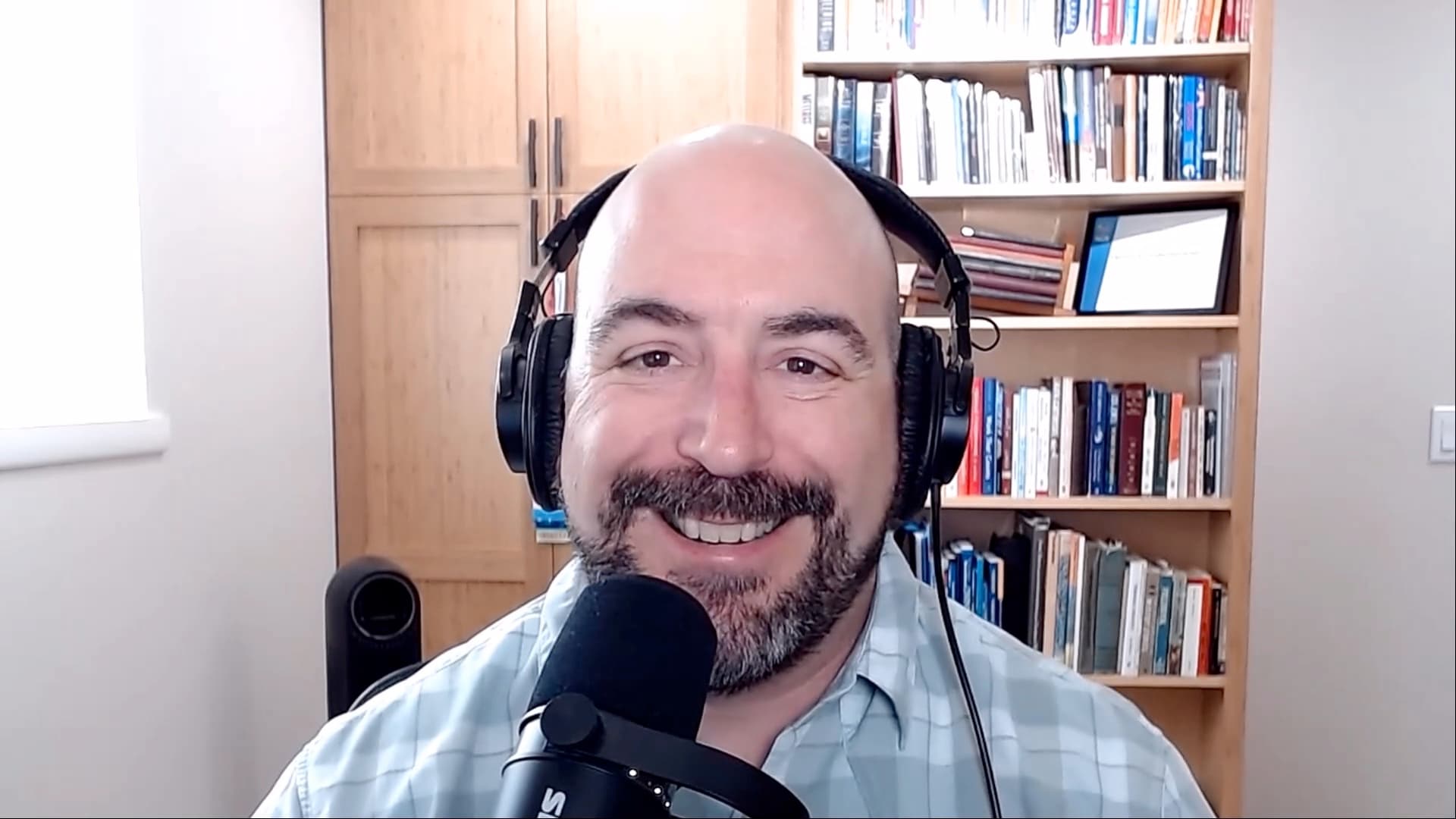
Unveiling the Secrets to New Manager Success
… [Read more](https://www.managersclub.com/unveiling-the-secrets-to-new-manager-success/ "Unveiling the Secrets to New Manager Success")
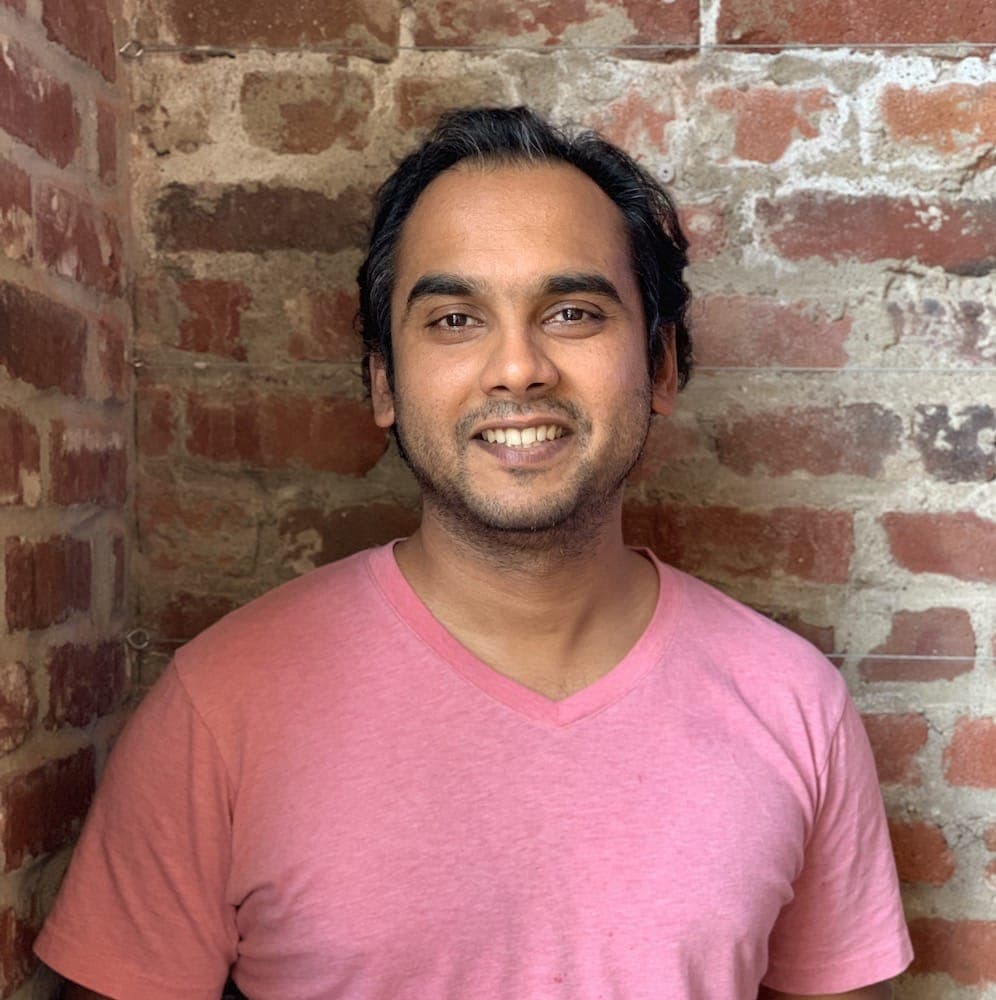

Vidal: Hello, my name is Vidal Graupera and welcome to this interview on Managers Club. Today I have a special interview with my friend Akshaya, Director of Engineering at Bolt. Among other things, we are going to deep dive into context switching, task management and some of the special things he does to stand out in recruiting which you may find interesting if you don’t work at a big name company like Google or Facebook. So without further ado, here we go!
Vidal: Good afternoon. Akshaya welcome to Manager’s Club. Thank you so much for taking time to speak with me today.
AKSHAYA: Hey, Vidal! Thanks for inviting me to have this conversation with you. I’m looking forward to the rest of the call.
Vidal: Great. Maybe we just start out, you could share a little bit with people like where you’re currently at, maybe your current role, that you do.
AKSHAYA: Sure. I am the Director of Engineering at a company called Bolt. I’ve been at Bolt for about three years now. It’s a company that is focused around changing checkout for all of E-commerce. Checkout is what drives commerce and what we have noticed is, it’s a pretty fragmented technology with every business doing their own un-optimized way of doing checkout and our whole focus is on trying to bring more value to our merchants by building a hyper-optimized checkout and fraud management services.
Vidal: Could you share a little about your… how your background was before Bolt and how you got into management?
AKSHAYA: I started off my career back at a hardware silicon company called Marvell Technologies. I was building a lot of software there and I quickly realized that I was doing all the right things, but I wanted to do it at a software company. And so my next gig was at Twitter where I spent almost four years building their ad technologies as one of the earlier engineers there. I saw… I mean I did get an opportunity to manage early on, but I kind of opted out of it and wanted to learn a little more technically before I started managing. And so I was laser focused on trying to improve my technical skills. Four years later I wanted to do something really small, very very early stage startup and Bolt came on my radar.
AKSHAYA: It was a company of 4 to 5 engineers in all, so I just jumped with both feet in and as soon as the engineering team grew to about eight or nine people, I became the first manager and now I lead a team of about 30 to 35 engineers.
Vidal: Do you have any managers that report to you?
AKSHAYA: Yeah, sure. I mean it would be impractical if I had all 30 engineers report to me. I have about three to four managers who manage about six to eight people. I also manage a bunch of individual contributions directly. So in all, you know… we have our hands full as managers and leaders on the engineering side of Bolt. But in all we are making it work.
Vidal: All right. That’s a good segue into my next question. Could you describe what are some of the biggest challenges you face?
AKSHAYA: I think being in the Silicon Valley, the biggest challenge I think I face at a company is how to grow a team while maintaining the culture that was set forth in motion by the founders. And it’s a pretty hard problem. First of all, there’s no shortage of technology jobs in the Valley. For a company like Bolt, which is probably not as popular as say a company like Uber or Google, the biggest challenge is how do you get people to recognize this company and actually want to come in and interview and once you do have them at the office and post-interview, how to make sure that you can get them excited enough to join. A lot of companies have a lot of very cool things going on. A lot of the bigger companies offer large compensation packages, which are not exactly easy for early-stage companies or early to mid-stage companies as well. So I spend a lot of time directly interacting with candidates. It’s probably the highest leverage activity for me in terms of growing the org.
AKSHAYA: Secondly as you add more and more engineers, you can clearly see that, culture was something that you studied a lot, that was a lot more accessible and easier to understand early on when there were six to eight people, but when there are about 30 35 people, you don’t necessarily spend a lot of time with every engineer. So the next big challenge is how do you maintain the same culture, as we grow from say 30 to 35 to maybe 100 to 200. That’s one of the challenges that I am still not sure if I have a really good answer. It’s work in progress.
Vidal: I see. So scaling the culture and going back to your first thing, hiring, that’s a huge challenge a lot of people have.
AKSHAYA: Yeah.
Vidal: I mean especially when you’re not a big name company as you mentioned. So could, maybe talk a little bit more about your approach to hiring and recruiting. Any tips you have there or your process is?
AKSHAYA: Yeah, maybe you have some insights that you could share as well. I am reminded of one of those quotes from Steve Jobs which goes like ‘It doesn’t make sense to hire smart people and tell them what to do. You hire smart people so that they can tell us what to do.” I think that is one of those quotes that actually really resonates with me.
AKSHAYA: If you think about a very successful company, no matter which one it is. It’s not the CEO or one single person actually making all the decisions. It’s the CEO or the executives, hiring really exceptional people who in turn make the decisions on their behalf for the rest of the company. And so the only way to scale a company is, you need to really hire these people who can actually start independently doing a lot of the job themselves without you telling them exactly what to do.
AKSHAYA: These candidates are not really easy to find and when you do find them, they surely have a lot more competing offers and everybody wants them on their team as well. So a lot of my approach is to identify such a talented people early on, and really kind of slowly engage with them and build a relationship with them.
AKSHAYA: It’s not necessarily bringing them onsite, doing a bunch of interviews. Sometimes it starts with grabbing a couple of coffees before hand and then introducing them to our team, post onsite interviews actually inviting them back to our company offsite or a company event and inviting them back to a dinner, showing them what we actually building on, what’s on our roadmap. It is a way to sell and show the candidate what we are onto, so they fully understand our vision and they get excited about it and you know, that’s what gets them to join Bolt. It’s not an easy process as I mentioned, as I’ve described right now, it’s about six, seven steps. But it’s something that I think adds a lot and in the long run makes a lot of difference in terms of hiring.
Vidal: Wow, that’s really interesting. So you invite them, back to company off-sites and dinners. That’s really impressive. I think a lot of people don’t do that.
AKSHAYA: Yeah. I think if they are really special candidates, it’s really worth it to go that extra mile because once they are brought in, and once they are in Bolt or at your company, then they will go the extra mile to actually make the company successful. So it is totally worth the extra effort.
Vidal: That’s great. So now I know you said you recently became a manager in 2017, there’s a lot of people who read or listen to Managers Club who are looking to become managers, and I also noticed, you said you manage a couple of managers. So what’s going to be your advice for managers who are just starting out or people who are just starting out in management.
AKSHAYA: The most important advice I actually give is to delegate. I think a manager should understand that the success of the manager is actually based on the success of the team. Personal success in terms of the manager’s ability to do a lot of code reviews and architecture is actually less important. What is more important is, “can you actually get the team to be very productive, move fast, and also innovate.”
AKSHAYA: Going back to our hiring approach, if you’re really hiring smart people, then they should be capable of actually doing a lot of the work that you’re doing. So try to delegate as much as you can and democratize decision making. So this might mean building frameworks where teams can actually collaborate with each other and actually come to a conclusion themselves.
AKSHAYA: Early on and this might be true for a lot of new managers, micromanagement is something that, I personally felt was very important and quickly realized that it was actually not very effective. And it was also not very helpful to the people who I was working with. So, make sure that you have frameworks in place to help people make decisions on their own. And maybe supervise it for a little while, but after that just let the team manage on their own. And make sure that decision making is done by everyone in your team and not just you.
Vidal: All right, that’s good. So democratizing stuff, not micromanaging.
AKSHAYA: Yup.
Vidal: As a manager, I mean, I find a lot of people find you can get like so busy, there’s so much stuff to do, so many things to pay attention to. So could you describe what your workday is like and how do you manage your time, your calendar, your emails, things like that?
AKSHAYA: So as a manager, as a leader, I spend a lot of time in a lot of meetings with tons of interruptions. I’m in a lot of meetings with different stakeholders from different teams, design reviews, hiring interviews, strategy discussions, project planning, one-on-ones. I think the biggest challenge here is that you don’t get a large continuous chunk of time where you canfocus. You need to come up with ways to actually work with whatever little time you have. And so, the first thing I do is I try to use a good task manager and I try to consolidate everything I have to do into this task manager, so that when I do have some time to work, I know exactly what I need to work on. I just open this task manager and it tells me exactly what I need to do.
AKSHAYA: Bolt as a company has embraced Asana, and over time I’ve absolutely loved it. I’ve been using this for about three to four years now. So pretty much everything I do, every action that comes out of emails, Slack messages, text messages, one-on-one, they go to Asana and I have a running list through which I just work through them.
AKSHAYA: The other thing is you’ve got to be very cognizant of your personal time as well. It’s important that you attend meetings and you only get involved only when it matters, and if it really makes sense. Meetings without any agenda is pointless. If you think you’re not going to contribute much to a meeting that doesn’t have an agenda, you don’t have to participate. Let others participate.
AKSHAYA: The are plenty of distractions today like social media Slack. So what I also do is I try to mute everything. I kind of use an app called Focus that mutes all the notifications on my laptop for a certain amount of time. It turns off a lot of the social media, news channels, any other kind of interruptions, to make the best use of whatever little time I get between different meetings and interruptions.
Vidal: I have to check that app out. That sounds very interesting, to turn off all the notifications for personal focus time. You know, that brings to. We were having coffee and you mentioned about trying to keep your team from context switching too much and impacting their productivity. Could you say a little bit more about this and your thoughts?
AKSHAYA: We’ve tried a lot of things at Bolt in terms of keeping engineer’s productivity high. The one thing that we kept coming back to and the same pattern that I’ve seen from every other engineers was, “Hey, I’m not even getting my work done because I’m getting interrupted a lot.” And so it quickly became very clear that context switching was very expensive. I think there’s a lot of research on this as well. Every interruption leads to about 20 minutes of loss of focus or something. In other words, what it means is that it takes about 20 minutes for you to switch back to what you were doing.
AKSHAYA: There are some strategies that we employ and some of the things that industry already does today like on calls. On call rotation is a standard process. And I think it’s basically in the same veins of protecting engineer’s time. When you’re on call that’s all you do. And probably you’ll tend to get interrupted a lot and you’ll get nothing done. But once you are off call, somebody else’s on call and you know that on call will protect your timeso that you can get your work done.
AKSHAYA: The other thing is around bugs and issues. What we found is if it’s not a critical issue which needs to be dealt with by the on call, it goes into a bug backlog. And instead of engineer’s kind of taking on bugs every other day, we reserve the first week of every month for what we call as a bug bash or a bug squash week.
AKSHAYA: And so we just go through the bug backlog, there’re a couple of people who prioritize tasks based on the severity and priority and e try to distribute the load equally based on the complexity of the bug, and so there’s just one week where every month no product work is done, no feature movement is done. All you do is just clear the bug backlog so that the product is a little bit ahead of what it was before.
AKSHAYA: We also try to keep all interviews to certain days of the week. We also try to make sure that there is at least one day in a week with where we try to minimize meetings. I mean the event… the ideal goal is to have no meetings at all, but it’s kind of a little more difficult to do that. So this also can be a day where people can work from home. So that eliminates any time of commute that they need to do. And that’s more time that goes into to work.
AKSHAYA: Finally meetings. We don’t want to unnecessarily have a lot of meetings for discussions. Bolt has this amazing cultural value called, “Writing over talking”. So, unless it’s a brainstorming session, we try to do things as much offline as possible. So you know, as I have mentioned, we have task managers, we have Google docs, there are different media through which you can actually discuss things and hash out things offline. And this also ensures that people are more focused on things that they’re working on and they’re not kind of constantly interrupted.
Vidal: That’s really awesome. I was like, yeah, you have a lot of good strategies there. I’m impressed with your bug bash like every month. Because most companies don’t do it that frequently.
AKSHAYA: Yeah, it was a deliberate decision. Unless it’s a critical bug that’s affecting a significant amount of merchants or significant amount of traffic which needs to be addressed immediately, everything else goes into a bug backlog. And I’ve seen this historically where if you don’t address the backlog with a sense of urgency or without giving it a scheduled time every month or a year, it will build up, it will become a pretty massive backlog and you know, sooner than later, people will just drop it and throw it away. So we took a conscious decision of actually addressing those bugs every month.
Vidal: So then, the other three weeks of the month, your team just does feature work or they also do bugs too?
AKSHAYA: No, it’s just feature work. And again, we will address bugs and issues only if it’s kind of… So we again have different severities for incidents and based on severity we will probably address it immediately. But if it’s not critical then it’s kinda moves into backlog.
Vidal: Got it, moves to the next fix it week. Okay.
AKSHAYA: Yes.
Vidal: Great. Thanks.
Vidal: And yeah, you know what’s interesting where I work, at Uber it’s also a lot of preference of writing over meetings. So that’s kind of interesting you have that. Requires a very good writer.
AKSHAYA: Yeah, I think so. It’s a fine balance. Sometimes you end up writing a lot and I’ve sometimes heard people say, “I see myself only writing these days, I don’t see discussing at all.” But overall, my analogy is if when you invite six people to a meeting for one hour, You’ve basically taking like 60 times six, whatever minutes of the total company’s time away because now they’re all in the meeting.
AKSHAYA: If you could hash it out independently & offline, maybe things could be a lot more productive because if you write things, there’s also a chance that people may review it and add comments to it when there may be commuting or maybe doing something less important. Maybe when I’m doing some builds on the side and my laptop’s busy, I might do some reviews. So it gives a lot more opportunities to do things asynchronously versus the meeting. You’re kind of bringing everyone to the same room and you cannot do anything at all when once you’re in that room besides being a part of the meeting.
Vidal: Correct. Yeah. That’s totally synchronous forcing synchronous function.
AKSHAYA: Yeah.
Vidal: Could you describe maybe what’s a personal habit you feel that contributes to your success?
AKSHAYA: Again, this goes back to task management. There are so many things happening at any given time. It’s important to actually make sure that you have a grasp of what’s happening. It’s very easy to be totally lost in all the chaos. So task management actually helps a lot, I actually move a lot of my actions into one of the tasks. I’ve tried and I’m experimenting with a couple of automation systems. I’ve tried to use Zapier as well that kind of feed into task. There’s an open-source product called Huginn, I don’t know how to say it, but it’s H, U, G, I, N, N, if anyone’s interested, which is basically an open-source version of Zapier. So I’ve tried to write a couple of modules and plugins and there’s also IFTTT. I try to automate as much as I can into a task manager and then kind of work off of that.
Vidal: Okay, interesting. I’ll put some links to those in the show notes from the article. Well maybe carrying on with that, I guess an internet resource or tool that you find useful. Would it be one of those or is there any other resource or tool?
AKSHAYA: Yeah. Task management is one, note taking is another. I think these two are kind of pretty important to my day to day activities. For task management, I use Asana or Todoist one of these two. Both of these are great tools, a lot of flexibility, a lot of features. In terms of note taking, I use Evernote a lot and I also use some amount of Apple notes, but there’s a new product called Notion which consolidates task management and note taking and all workflows into one app. Its been quite an amazing product in whatever little I’ve used so far, it’s something that I’m looking at.
Vidal: All right. Yes, I’ve had other people recommend Notion. I’ll have to check that out too.
Vidal: There’s a lot of stuff written about management. There’s lots of books out there on management. If you could recommend just one book to managers, what would it be and why?
AKSHAYA: So I want to say, High Output Management, but it’s already listed on your website, so I’m going to choose something else. I’ll go with, The Hard Thing About Hard Things by Ben Horowitz. I found that to be truly eye opening in terms of managing people in crisis or when things are not going as planned. And I think it’s easy to always attribute to effective leadership when things are going well. But actually true leadership is only shown when things are going south and you need to be able to actually make the right decisions and call the right shots. I think Ben, describes this in his book, about his difficulties and challenges trying to launch his company opsware, something that was truly eye opening. I highly recommend for anyone who is going to be a manager.
Vidal: All right. Could you describe your approach to mentoring and coaching members of your team? made with regards to career development or things like that?
AKSHAYA: Let me start with what doesn’t work all that well. Spoon Feeding really doesn’t work all that well. So if you tell exactly what your reports or the engineers need to do, then you’re not really training them to think independently and actually grow to the levels after… So let’s say that they’re, they’re at a certain level and you’re trying to help them go to the next level. You can actually tell them exactly what to do and they can get to the next level. But by telling them exactly what to do, it becomes really difficult for them to go from that level to the levels afterwards.
AKSHAYA: So what do you need to do is you need to train them to think independently. So a lot of what I do in terms of my personal mentorship is to ask them a lot of questions to see what really get them interested, what are the things that they want to work on? What are the areas that they want to learn? And I try to drive them in that direction. If there are course corrections to be made, I’ll point them in a different direction as well. But I try to make sure that they are in control of their careers and their futures, and I’m just more of a person who is helping them get to their destination.
Vidal: All right. Akshaya you’ve been really generous with your time, I really appreciate it. Where can people go if they want to learn more about you or connect with you?
AKSHAYA: I’m on LinkedIn. I think that’s probably the best place to connect with me. I’m happy to connect there and probably even get coffee or just chat. My LinkedIn ID is my first name, last name, all one word. So it’s A, K, S, H, A, Y, A, S, R, I, V, A, T, S, A.
Vidal: Alright, sounds good. Well, thanks again and appreciate your time.
AKSHAYA: Thank you. Thanks for your time.

… [Read more](https://www.managersclub.com/unveiling-the-secrets-to-new-manager-success/ "Unveiling the Secrets to New Manager Success")
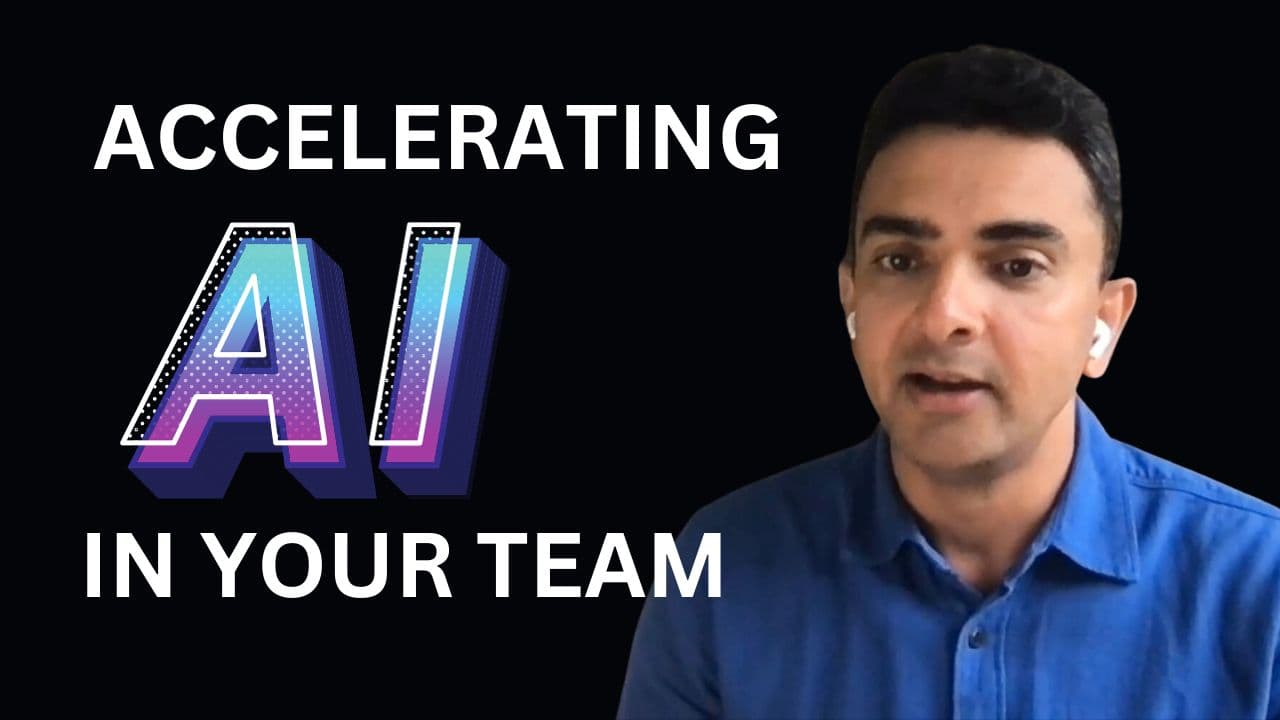
… [Read more](https://www.managersclub.com/accelerating-ai-in-your-team-strategies-for-success/ "Accelerating AI in Your Team: Strategies for Success")
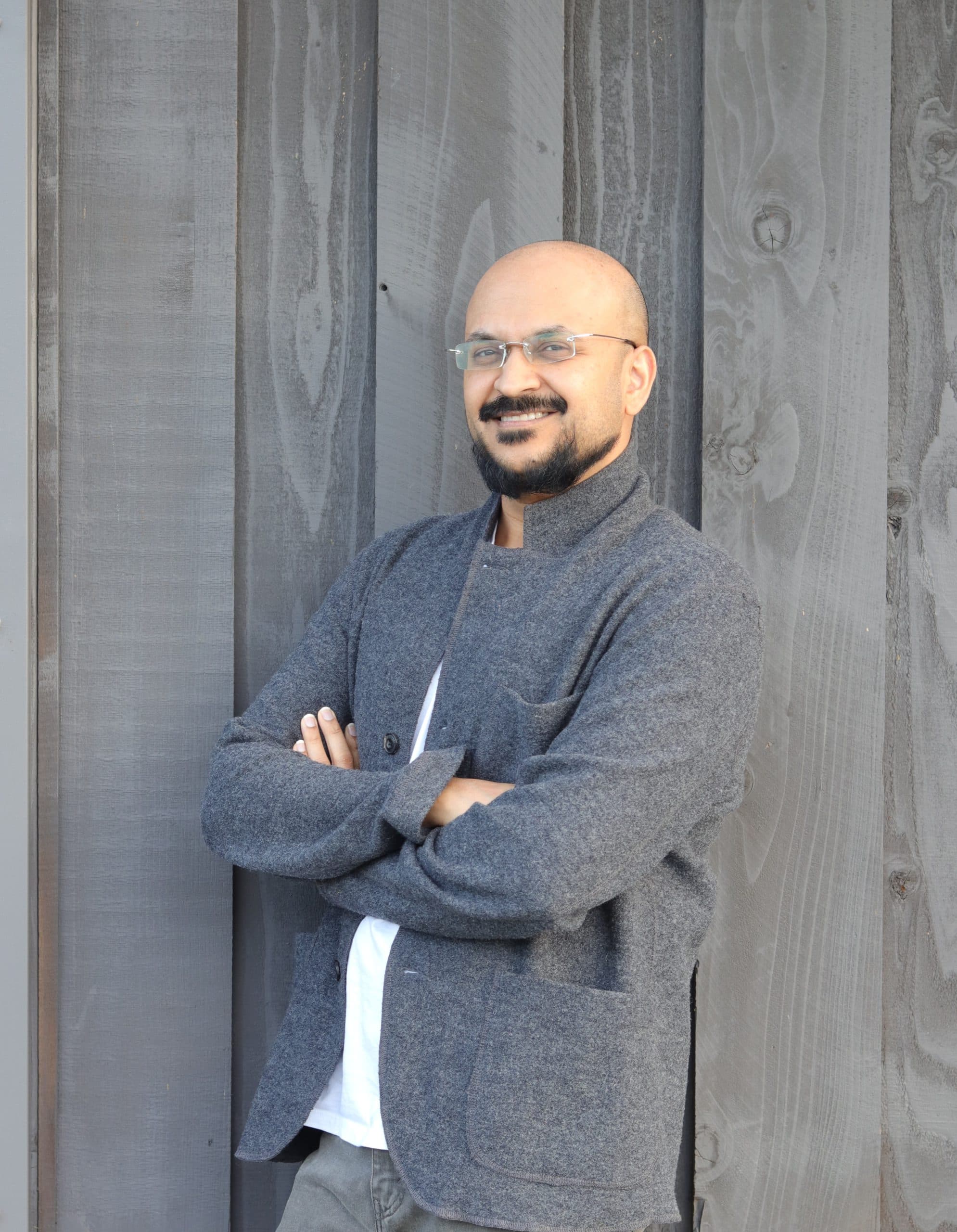
In this video, Rajesh Janakiraman, an engineering manager at Google, shares his insights and experiences on leading business critical projects while ensuring his team remains motivated and doesn’t burn out. Business critical projects can be intense, high visibility deadlines that often shift roadmaps and include executive-level oversight. Building the right team, maintaining communication, and managing expectations around these challenging projects are crucial to preventing burnout and driving results.

Are you on the lookout for a collaborative, engaging community tailored specifically for your role? Look no further! Introducing the Managers Club Discord server dedicated to leadership in engineering. We’re a community of engineering managers, team leads, and CTOs who come together to share experiences, best practices, and insights.
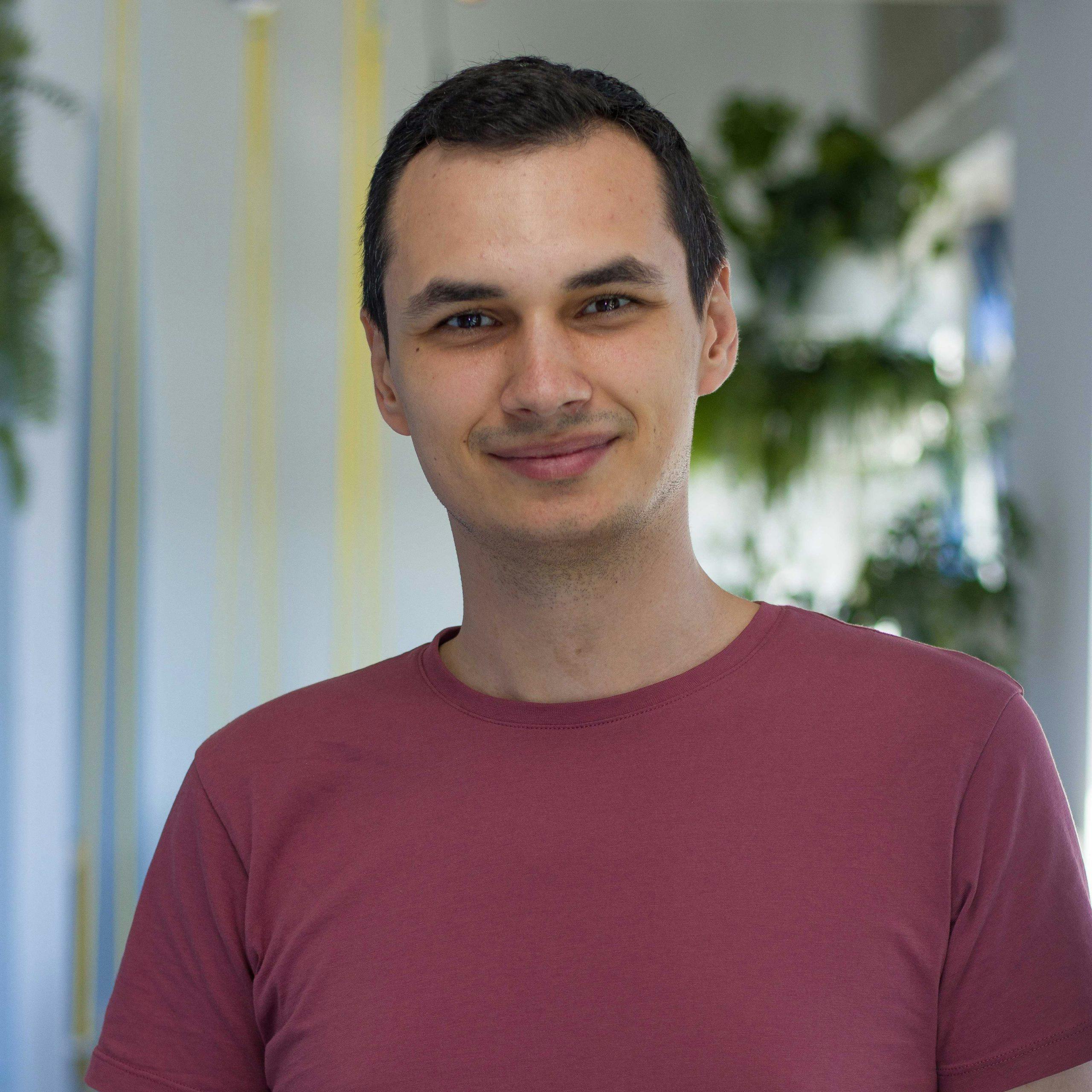
Are you an Engineering Manager curious about gauging your effectiveness and success in your role? In this insightful episode, we dive deep into metrics and stakeholder management with Ivan Bilan, an experienced engineering manager. Discover the core metrics for measuring engineering manager performance in people leadership, product quality, delivery, and self-promotion, and learn the importance of stakeholder management in driving team success. In this video, we will be looking at how to measure success and performance for managers. We’ll be exploring different methods and tools that managers can use to measure their own success, as well as the success of their team. Don’t miss out on these valuable insights and strategies!

In this engaging conversation, experienced technical recruiter Kate Parton shares vital advice and insider tips for candidates seeking job opportunities in the tech industry. She discusses red flags to watch for, navigating compensation discussions, common misconceptions about the recruiting process, and how to make the most of your partnership with a recruiter. Discover the role of social media and the rise of AI in the hiring process. Kate shares valuable tips and advice on making your job search and interview process smoother and more successful. Tune in for an insider’s perspective on the world of recruitment and how to avoid common pitfalls!